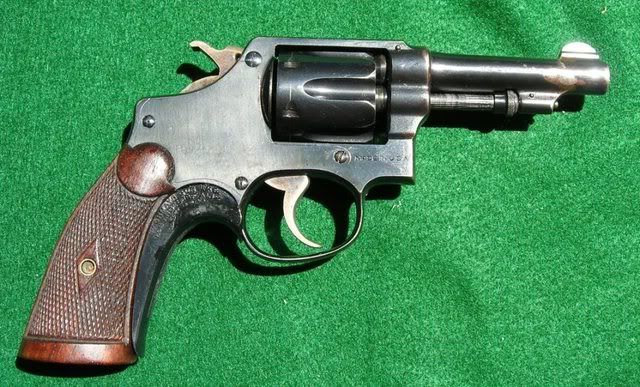If you read Clark's post number 33, that's about all you need to know. Clark used to blow up guns as part of his engineering profession, so he's seen about all there is to see as far as damaging events go.
The Cast Boolits forum has a lot of interesting stuff, though, so you can read other thoughts if you like. Just be aware that no matter how well anyone claims it works, you are raising pressure. As Mr. Guffey asked, how fast to you really think a heavy, dense material like lead can be flowed or scraped out of the way before the energy and pressure requirement become extraordinary? It's inevitable that you hit a point where the bullet just rides over it.
It might not be intuitively obvious, but high speed dynamics and slow speed behavior often result in very different interactions between objects. In this case, you can scrub with a Chore Boy or the Frontier material wrapped around a brush and say "that didn't take much effort", and you'd be right because your arm isn't trying to do it in a millisecond. But in that shorter time frame the viscosity of the lead will present terrific resistance to flow. It's analogous the magician yanking a table cloth out from under dishware without disturbing it appreciably. The lead is the dishware and the gun bore is the table top and the cleaning instrument the table cloth. Go slow with the cleaning instrument and the dishware all comes off the table. Go fast and it stays put while the tablecloth slips against it.
The Cast Boolits forum has a lot of interesting stuff, though, so you can read other thoughts if you like. Just be aware that no matter how well anyone claims it works, you are raising pressure. As Mr. Guffey asked, how fast to you really think a heavy, dense material like lead can be flowed or scraped out of the way before the energy and pressure requirement become extraordinary? It's inevitable that you hit a point where the bullet just rides over it.
It might not be intuitively obvious, but high speed dynamics and slow speed behavior often result in very different interactions between objects. In this case, you can scrub with a Chore Boy or the Frontier material wrapped around a brush and say "that didn't take much effort", and you'd be right because your arm isn't trying to do it in a millisecond. But in that shorter time frame the viscosity of the lead will present terrific resistance to flow. It's analogous the magician yanking a table cloth out from under dishware without disturbing it appreciably. The lead is the dishware and the gun bore is the table top and the cleaning instrument the table cloth. Go slow with the cleaning instrument and the dishware all comes off the table. Go fast and it stays put while the tablecloth slips against it.

